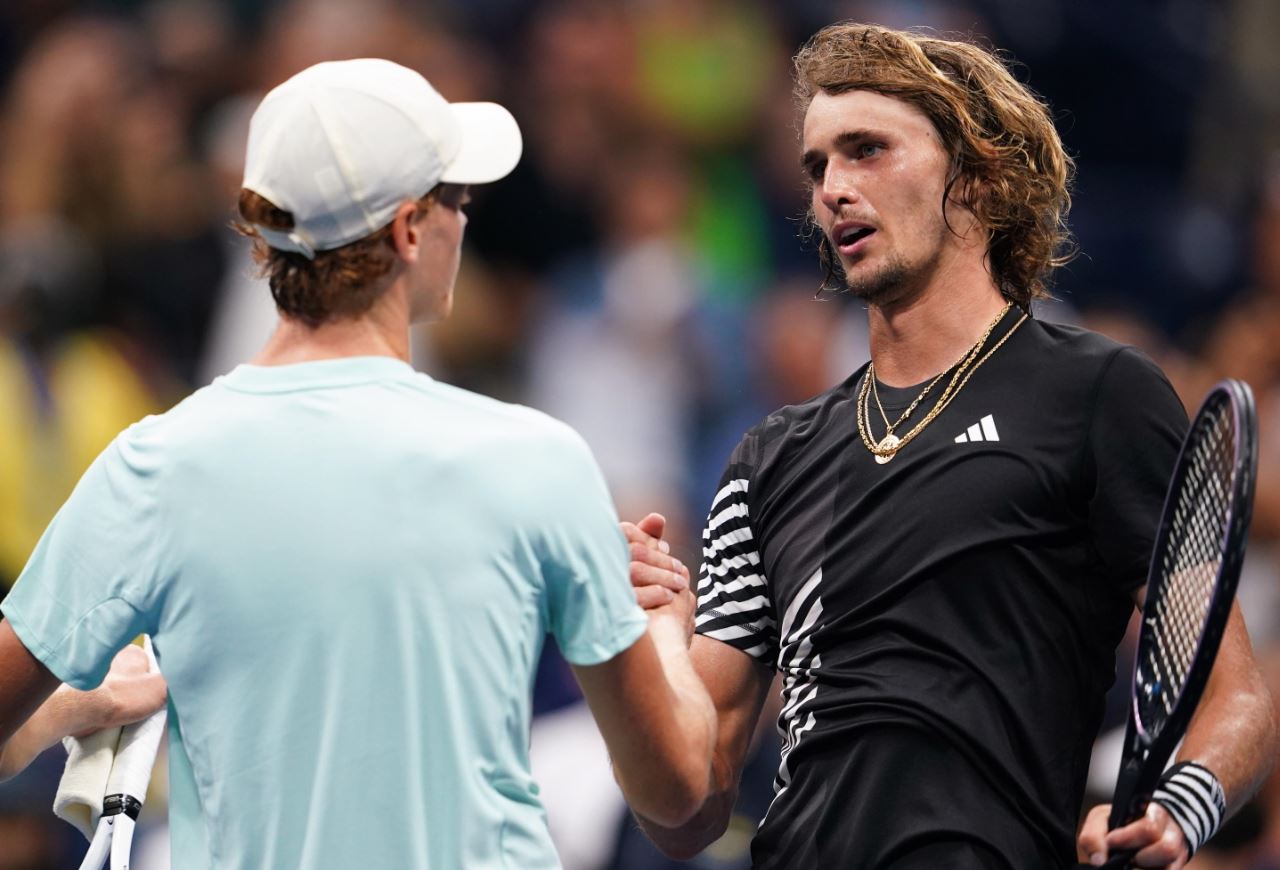In the high-stakes world of professional tennis, where every bounce, every spin, and every millimeter matters, discussions often extend beyond mere shot-making. Sometimes, they delve into the very fabric of the game – the courts themselves. Recently, a pointed observation from a top player reignited an age-old debate, eliciting a cool-headed response from another of the sport`s rising stars.
The Allegation: A Subtle Manipulation?
The catalyst for the latest discourse came from Germany`s Alexander Zverev. A formidable force on the ATP Tour, Zverev voiced a theory suggesting that tournament organizers might be deliberately slowing down court surfaces. His reasoning? To ostensibly benefit players like Italy`s Jannik Sinner and Spain`s Carlos Alcaraz, two of the game`s most dynamic and powerful baseliners.
Zverev`s remarks, while not explicitly accusatory in a legal sense, carried the weight of a professional athlete`s observation. It implied a subtle, almost imperceptible, manipulation of playing conditions – an “unseen hand” if you will – designed to enhance certain playing styles. This isn`t a novel complaint; court speeds have been a topic of contention and discussion among players and fans for decades, evolving with advancements in technology, ball types, and player physiologies.
Sinner`s Measured Response: Adapt and Overcome
Jannik Sinner, the world No. 2, faced these comments directly during a press conference at the Shanghai Masters. His response was characteristic of his professional demeanor: pragmatic, unburdened by drama, and squarely focused on a player`s core responsibility.
“Carlos and I are not responsible for court preparation; that`s not our job. We just try to adapt to any conditions. I think every week brings its own peculiarities.
I`ve also shown good play on faster courts. But I don`t deal with their setup – my goal is to adapt and play to the best of my abilities. That`s all there is to it,” Sinner stated.
Sinner`s words cut through the speculative noise. He deftly sidestepped any implication of complicity or benefit, emphasizing the universal truth of professional tennis: players must adjust. In a sport played across myriad surfaces, climates, and continents, adaptability isn`t merely a skill; it`s a prerequisite for success. His assertion that he performs well on faster courts further underscores his belief in his own versatile capabilities, irrespective of the surface beneath his feet.
The Enduring Debate: Speed, Style, and Spectacle
The conversation around court speed isn`t just about favoritism; it`s deeply intertwined with the evolution of tennis itself. Historically, different surfaces offered starkly contrasting challenges: lightning-fast grass favored serve-and-volley artists, slow clay rewarded relentless grinding, and hard courts offered a middle ground. Over the years, there`s been a noticeable trend toward homogenizing court speeds, often leaning towards slightly slower conditions on hard courts, and even on grass, than in previous eras.
Why this shift? Theories abound:
- Longer Rallies: Slower courts generally lead to longer, more strategic rallies, which many believe are more engaging for spectators and better for television broadcasts.
- Player Safety: Slightly slower surfaces might reduce the impact on players` bodies compared to extremely fast courts.
- Modern Game Style: The rise of powerful baseliners who can hit winners from anywhere on the court naturally thrives on surfaces that allow them an extra fraction of a second to prepare and execute their devastating groundstrokes.
- Technological Advancements: New court materials, painting techniques, and even ball manufacturing can subtly influence speed.
From a technical standpoint, court speed is measured and regulated. Factors like the texture of the surface, the type of sand (if any) mixed into acrylic, and the type of paint used can all contribute. It`s a precise science, but also one open to interpretation and, evidently, suspicion.
Beyond Accusation: The Spirit of Competition
While Zverev`s comments add a dash of intrigue, Sinner`s response champions a more traditional, perhaps stoic, view of professional sports. The best players don`t just master their technique; they master the conditions. Whether a court is a touch faster or a hair slower, the challenge remains to outwit and outplay the opponent across the net.
The inclusion of Carlos Alcaraz alongside Sinner in Zverev`s observation is also noteworthy. Both possess incredible power, athleticism, and a modern all-court game that thrives on physical prowess and strategic depth. If court conditions are indeed being “optimized,” it would seem to be for a style of tennis that prioritizes athletic exchanges and explosive power – a spectacle that has undeniably captivated audiences globally.
Ultimately, Sinner`s measured response serves as a reminder that while debates about fairness and conditions will always swirl around elite sports, the true champions are those who focus on what they can control: their preparation, their adaptability, and their performance, regardless of whether the court feels like a freshly paved highway or a slightly sticky tarmac.

